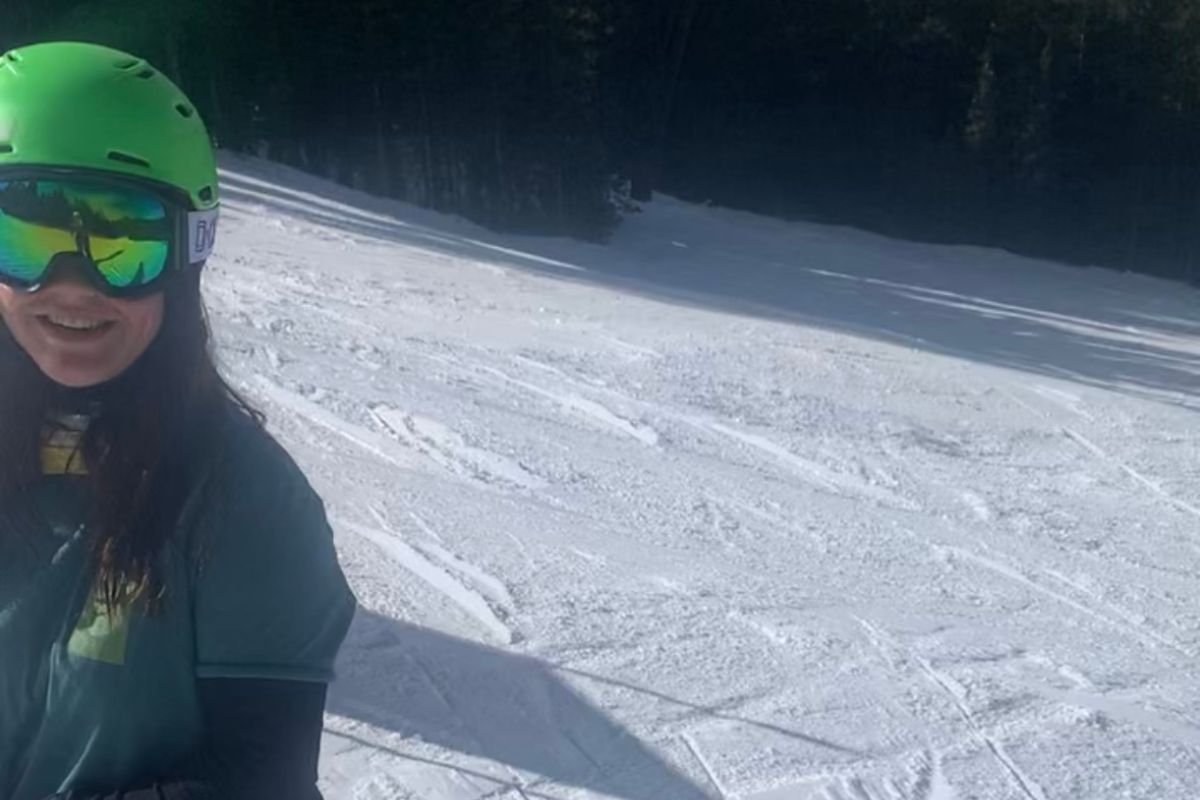How UV Radiation increases with Altitude
Venturing into the high altitudes brings not just breathtaking views but also increased exposure to ultraviolet (UV) radiation.
With the atmosphere thinning as you ascend, less UV radiation is filtered out, leading to a significant increase in exposure. Whether you're an avid hiker, a mountain climber, or simply curious about the effects of altitude on UV exposure, join me as we explore the implications for your health and safety in higher elevations.
I recently had the pleasure of visiting Crested Butte, Colorado for a work trip (one of the many perks of being in the outdoor recreation industry).
Nestled in the breathtaking mountains, Crested Butte boasts epic skiing in the winter and endless mountain biking trails in the summer.
During my time there, I couldn't help but notice the telltale signs of overexposure to the sun – the red faces of fellow adventurers. While some of it may have been due to wind and cold, the lasting effects were undoubtedly from soaking up too much sun.
At an elevation of 8,885 feet, Crested Butte offers unparalleled opportunities for adventure, but being aware of the effects of high altitude is crucial for your health and the success of your trip.
When it comes to high altitude travel, hydration reigns supreme – and rightfully so. Adequate hydration is essential for your body's ability to acclimatize to high altitude.
However, alongside staying hydrated, if outdoor adventure is on your itinerary, sun protection should be your next priority.
Ultraviolet (UV) radiation
Ultraviolet (UV) radiation, the electromagnetic radiation from the sun beyond the violet end of visible light, poses a significant threat to our skin and eyes.
While we may not see it (bees 🐝, and many insects, however, target nectar through ultraviolet light, just in case you might be thinking about how evolved we are as humans), UV radiation comes in different forms: UVA, UVB, and UVC.
As altitude increases, the atmosphere becomes thinner, filtering out less UV radiation. As a general rule, UV radiation increases by about 2% for every thousand feet above sea level.
Climbing a 14,000-foot peak in Colorado? Expect 28% more UV radiation than at sea level. Even here at Bee Wild Outside headquarters in Santa Fe, New Mexico, you can anticipate a 14% increase.
Clinical evidence has underscored the harmful effects of UVB radiation on the eye's crystalline lens, contributing to the formation of cataracts. Additionally, UV radiation is a leading risk factor for malignant melanomas and other skin cancers. With these risks in mind, sun protection becomes paramount. Consider not only applying sunscreen but also reapplying it frequently, especially when enjoying the great outdoors in mountain towns.
Imagine embarking on a ski trip in the Rockies. The snow is pristine, and the conditions are perfect. However, on a sunny day, that clean snow can reflect up to 90% of UV radiation, effectively doubling your exposure. When you factor in the 2% increase in UV radiation per thousand feet above sea level, the need for quality sunscreen and diligent reapplication becomes crystal clear.
The good news is, protecting your skin is simple with a few easy steps:
Wear protective clothing with a high Ultraviolet Protection Factor (UPF) rating.
Don UV-protected sunglasses or goggles to shield your retinas.
Apply sunscreen with an SPF of 30 or higher every two hours, or more frequently if you're sweating heavily.
Don't forget to cover exposed areas like your wrists, ears, and neck with sunscreen or protective clothing.
High altitudes present incredible opportunities for adventure, from skiing to trekking and everything in between. However, in these often harsh environments, sun protection is non-negotiable. Remember, applying and reapplying sunscreen every two hours is as essential as food and hydration. Stay tuned for more insights on cloudy days and UV radiation.
Interested in sunscreen and sun safety? Follow along with us as we share insights and environmentally safe products to elevate your sun care routine.



